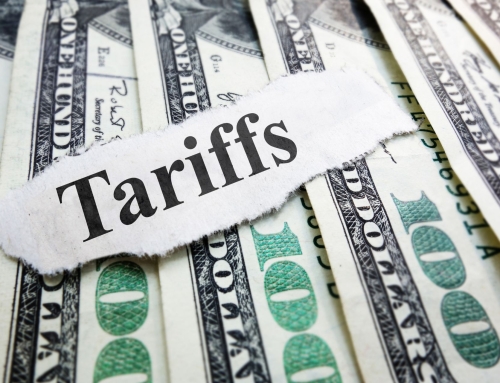When the Section 301 tariffs of the Trade Act of 1974 were first introduced, no one could have predicted the extensive nature of items that the tariffs would cover, or how long the tariffs would last. In our post from 2018 entitled, “Section 301 Tariff Pain? Drawback Can Provide Relief”, we discussed the advent of new, retaliatory duties on certain products of China. These tariffs could run as high as an additional 25% and these duties are eligible for drawback, similar to the products from Section 201 for imported large residential washing machines and solar cells and modules. In 2018, we also outlined a list of products that could be referenced to help drawback claimants establish potential drawback opportunities.
According to the U.S. Trade Representative (USTR) publication from the previous presidential administration, the purpose of these duties was to “…address unfair Chinese economic practices and create a level playing field that will give all Americans a better chance to succeed”. Recently, the USTR announced that the tariffs would be coming up for the statutory four-year review to determine if they were still beneficial to domestic industries that might want to see the tariffs extended. While the situation remains very fluid, it will be interesting to see how this review plays out this summer.
If the USTR decides that there are no benefits to keeping the tariffs, then the Section 301 tariffs could be coming to an end. For now, as long as these duties are paid, drawback can and should be claimed; we will be there to assist to get these refunds for claimants as long as they remain in force. This may be a good (and potentially final) time to review your import and export data for drawback opportunities with these Section 301 duties…while they last!
If you have any questions, please contact us!






